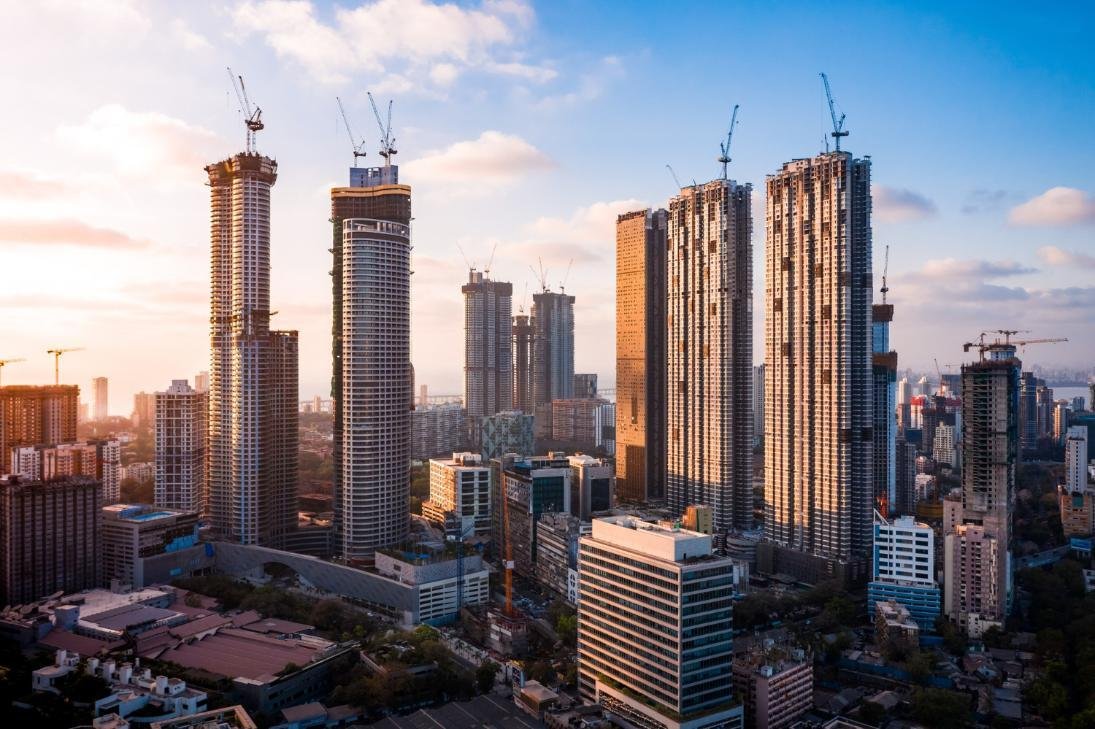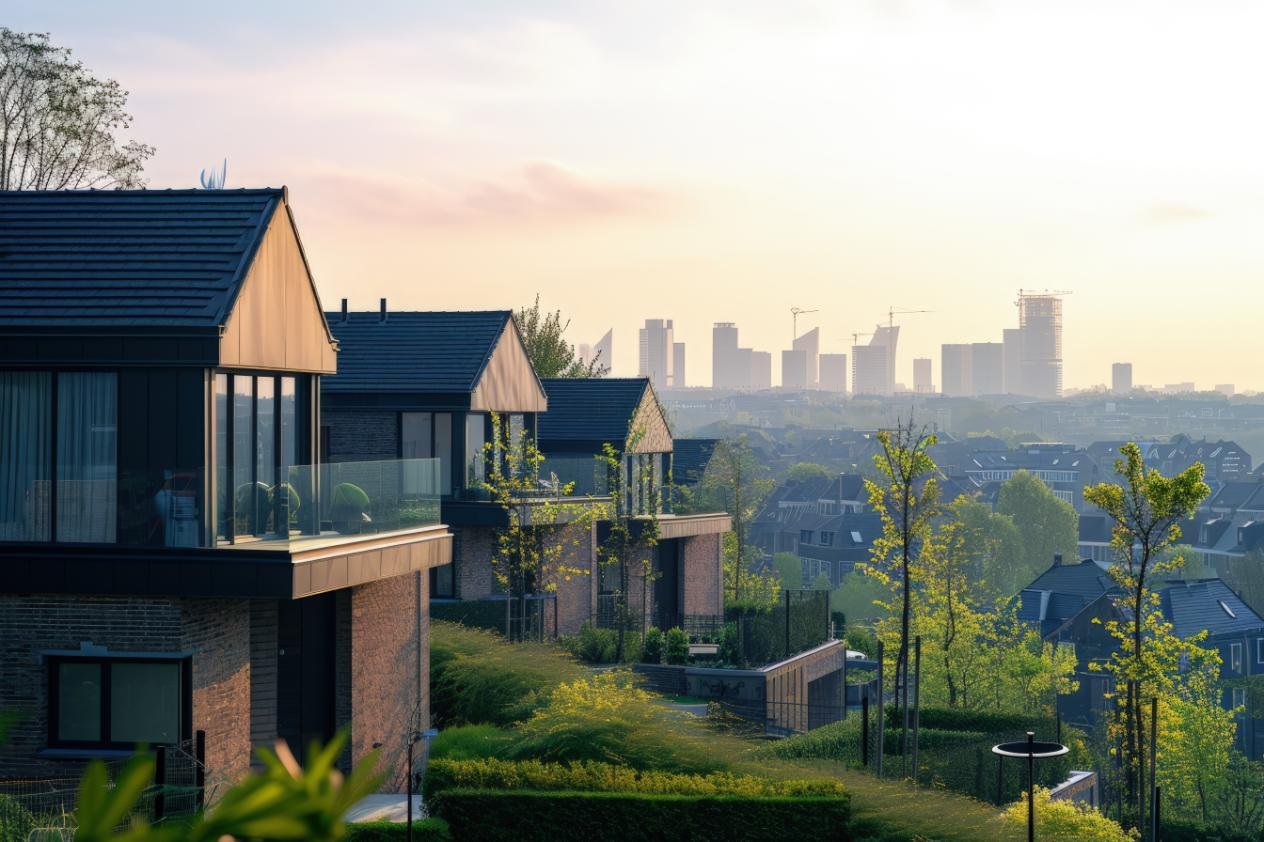-
Ροή Δημοσιεύσεων
- ΑΝΑΚΆΛΥΨΕ
-
Blogs
-
Events
How Much You May Need to Pay for Properties for Rent in London

London, the bustling capital of the United Kingdom, is one of the most sought-after cities to live in globally. From its rich history and cultural attractions to its thriving job market, London has something for everyone. However, the cost of renting a property in this vibrant city can vary significantly depending on factors such as location, property type, and amenities. Understanding these factors is essential for budgeting and finding the perfect rental property. This guide provides a detailed overview of how much you may need to pay for properties for rent in London.
1. The Impact of Location on Rent
The location of a property is one of the most significant determinants of rental costs in London. The city is divided into zones, with Zone 1 being the central area and Zone 6 covering the outer suburbs. Proximity to central London generally translates to higher rental prices.
- Zone 1:\n
Rental properties in areas like Mayfair, Knightsbridge, and Chelsea can cost between £2,000 and £5,000 per month for a one-bedroom apartment. These locations are known for their luxury living, high-end amenities, and proximity to iconic landmarks such as Buckingham Palace and the London Eye.\n - Zone 2 and 3:\n
Areas such as Camden, Clapham, and Greenwich offer more affordable options, with rents ranging from £1,200 to £2,500 per month for a one-bedroom flat. These areas provide a balance of convenience and affordability.\n - Outer Zones:\n
In Zones 4 to 6, suburbs like Croydon and Barking offer one-bedroom apartments for £800 to £1,200 per month. These areas are ideal for families or individuals looking for more space and lower costs.

2. Types of Properties and Their Costs
London offers a wide range of rental properties to suit different preferences and budgets. The type of property significantly influences rental costs.
- Studio Apartments:\n
Ideal for singles or students, studio apartments in London range from £900 to £1,800 per month, depending on the location. These compact units combine living, dining, and sleeping spaces.\n - One-Bedroom Flats:\n
One-bedroom flats, popular among young professionals, typically cost between £1,200 and £2,500 per month. Properties in central areas are more expensive.\n - Two-Bedroom Apartments:\n
Perfect for small families or roommates, two-bedroom apartments cost between £1,800 and £4,000 per month. Luxury options in central areas can exceed this range.\n - Houses:\n
Larger families often prefer renting houses. Prices vary widely, from £2,000 per month in the outer suburbs to £10,000 or more in affluent neighborhoods like Kensington.
3. Additional Factors Influencing Rental Costs
Several other factors influence rental prices in London, including the property’s size, condition, and amenities.
- Size:\n
Larger properties naturally command higher rents. For example, a three-bedroom house in Zone 1 can cost upwards of £5,000 per month.\n - Condition:\n
Newly renovated or modern properties with high-quality finishes typically have higher rental rates. These homes often include features like energy-efficient appliances and smart home systems.\n - Amenities:\n
Properties with additional amenities, such as gyms, swimming pools, or concierge services, are priced higher. For instance, luxury apartments in developments like Battersea Power Station may start at £3,000 per month.
4. Furnished vs. Unfurnished Properties
Another factor to consider is whether the property is furnished or unfurnished. Furnished properties typically include essential furniture and appliances, making them convenient for tenants who do not own much furniture.
- Furnished Properties:\n
These are slightly more expensive, with a premium of £100 to £300 per month compared to unfurnished options.\n - Unfurnished Properties:\n
While cheaper, these properties may require an upfront investment in furniture, which could offset the savings in rent.
5. Utility and Service Costs
Rental costs often exclude utilities such as water, electricity, and internet. These additional expenses can add £150 to £300 per month to your budget. Some luxury apartments include utilities and services like cleaning or maintenance in the rent, which is reflected in the higher cost.

6. Tips for Finding Affordable Rentals
Finding a rental property in London that fits your budget can be challenging but not impossible. Here are some tips to help you secure a suitable home:
- Explore Outer Zones:\n
Consider properties in Zones 4 to 6 if you are willing to commute. These areas offer more affordable options.\n - Negotiate Rent:\n
In some cases, landlords may be open to negotiation, especially if the property has been on the market for a while.\n - Share Accommodation:\n
Sharing a flat or house with roommates can significantly reduce individual costs.\n - Use Estate Agents:\n
Contact reputable estate agents in London to help you find properties within your budget. Their expertise can save you time and effort.
7. Renting in London as a Student
Students looking for rental properties in London should explore student accommodations or shared flats. Many universities offer on-campus housing, but private rentals near academic institutions are also available.
- Costs:\n
Student accommodations typically range from £600 to £1,200 per month, depending on the location and facilities.\n - Convenience:\n
Living close to university campuses or public transport hubs ensures easy commutes.
8. Legal and Administrative Costs
When renting a property in London, tenants should also factor in legal and administrative costs. These may include:\n
- Deposit:\n
A security deposit, usually equivalent to 4-6 weeks' rent, is required upfront.\n - Agency Fees:\n
While tenant fees have been banned in the UK, some landlords still charge small administrative fees.\n - Council Tax:\n
Tenants are responsible for paying council tax unless stated otherwise in the lease agreement. The cost varies by borough and property value.\n
9. Rent Trends in London
Rental prices in London fluctuate based on demand and market trends. Currently, there is high demand for rental properties, which has driven prices upwards. Monitoring the market and acting quickly when you find a suitable property can help you secure a good deal.
Conclusion
The cost of renting a property in London varies widely depending on location, property type, and additional factors. From luxury apartments in Zone 1 to affordable houses in the outer suburbs, there are options to suit different budgets and preferences. By understanding the factors that influence rental prices and seeking professional advice from estate agents, you can find the perfect property for your needs. Whether you are a student, a professional, or a family, London offers a diverse rental market with something for everyone. Plan your budget carefully, and enjoy the unique experience of living in one of the world’s most dynamic cities.





